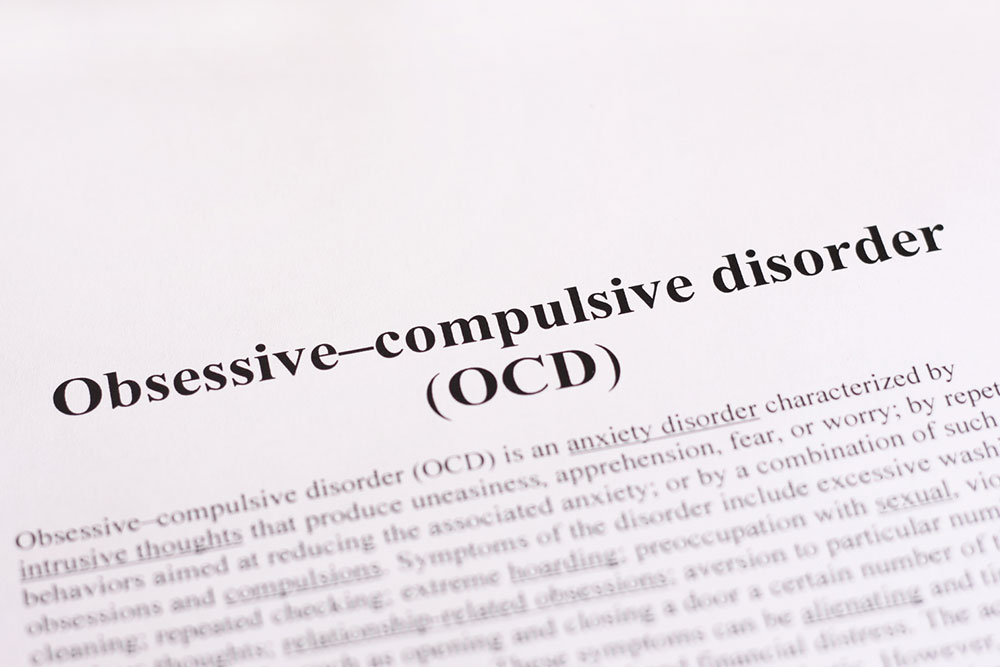
Types of obsessive-compulsive disorder
Obsessive-compulsive disorder (OCD) can be best described as a mental health issue, which makes the affected person act around a certain compulsion or obsession, causing them to undertake distressful actions and even have the same thoughts repetitively. As per a mental health report published in the year 2001 by the World Health Organization, obsessive-compulsive disorder is considered as one of the top twenty causes of disability caused by illness for people who are aged between 15 and 44 years.
The report further indicated that obsessive-compulsive disorder was the fourth highest mental illness preceded by different phobias, abuse of substances, and cases of major depression. Obsessive-compulsive disorder is further featured with an array of functional disabilities and it also has a major impact on a person’s social and work life. However, people try to associate it with cleaning, but there are plenty of other types of obsessive-compulsive disorders. Some of the common types of OCD which one should know about are explained in brief as follows:
Checking
When this type of OCD affects a person, they feel the need to constantly keep on repeatedly checking their surroundings for potential damage, leaks, harm, or even fire. Checking may include appliances, car doors, possessions, and the like. In fact, this checking may occur multiple times and may extend for hours. They may forget many social engagements or work commitments they have due to this. One of the scariest types of OCD involving checking may involve validating old memories constantly, over and over again. A person with this type of OCD may keep checking old letters and emails, wherein they may feel that they may have hurt the recipient and keep convincing themselves with these confirmations.
Contamination/mental contamination
This is another very common type of obsessive-compulsive disorder, wherein a person constantly feels the perpetual need to obsess over objects that they have just touched. They feel that the objects they deal with or the people they touch may get contaminated. This may lead to constantly brushing one’s teeth, over-cleaning certain corners of the house, and also not socializing due to the fear of contracting germs.
Hoarding objects
In this particular type of OCD, the person constantly feels unable to get rid of the possessions that they may have.
Rumination of thoughts
Ruminating involves a recurring chain of thought, wherein the affected person may obsessively keeping thinking about broad and wide-ranging topics. These topics may comprise of philosophical issues such as the factors that may affect a person post their death or other unconventional topics.
Some of the other types of common obsessive-compulsive disorders include the following:
- Having perpetually intrusive thoughts
- Being obsessed with orderliness and keeping things symmetrical
While these are the types of OCD that are most common, there are a host of obsessive-compulsive disorders, which can be categorized into these broad spectrums. It is always advisable to take medical help so that the condition does not worsen any further. It can be curable when treated with a calculated approach.


